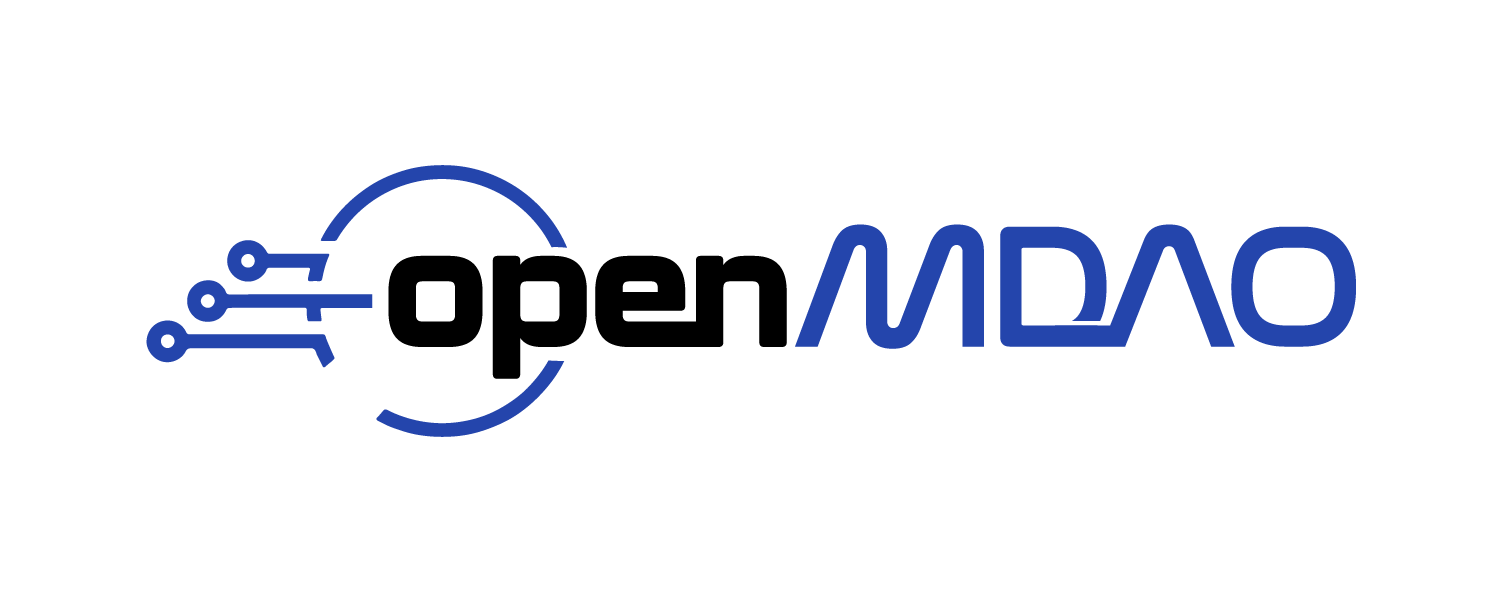import numpy as np
import jax.numpy as jnp
import openmdao.api as om
[docs]
class CoupledImplicitComp(om.ImplicitComponent):
[docs]
def setup(self):
n = 3 # array size, adjust as needed
self.n = n
self.add_output('x', shape=(n,), val=np.ones(n)) # state 1
self.add_output('y', shape=(n,), val=np.ones(n)) # state 2
self.declare_partials('*', '*')
[docs]
def apply_nonlinear(self, inputs, outputs, residuals):
x = outputs['x']
y = outputs['y']
n = self.n
# Compute the coupling term Ay using array operations without assignments
# Base second difference: y[i-1] - 2y[i] + y[i+1]
Ay_base = np.roll(y, 1) - 2 * y + np.roll(y, -1)
# Adjust boundaries in a single expression:
# - At i=0: -2*y[0] + y[1] (since y[-1] = 0)
# - At i=n-1: y[n-2] - 2*y[n-1] (since y[n] = 0)
mask_left = np.arange(n) == 0
mask_right = np.arange(n) == n-1
Ay = (Ay_base * (1 - mask_left - mask_right) + # Interior
(-2 * y + np.roll(y, -1)) * mask_left + # Left boundary
(np.roll(y, 1) - 2 * y) * mask_right) # Right boundary
# Compute residuals in one expression
residuals['x'] = x**2 + y - 4.0 + 0.5 * Ay
residuals['y'] = x - 2 * y + 1
[docs]
def linearize(self, inputs, outputs, partials):
x = outputs['x']
y = outputs['y']
n = self.n
# Jacobian for R_1 (dR_1/dx and dR_1/dy)
partials['x', 'x'] = np.diag(2 * x) # dR_1/dx = 2x (diagonal)
J_y = np.zeros((n, n)) # dR_1/dy
for i in range(n):
if i == 0:
J_y[i, i] = 1 - 2*0.5 # 1 - 1 = 0 (center)
J_y[i, i+1] = 0.5 # right
elif i == n-1:
J_y[i, i-1] = 0.5 # left
J_y[i, i] = 1 - 2*0.5 # center
else:
J_y[i, i-1] = 0.5 # left
J_y[i, i] = 1 - 2*0.5 # center
J_y[i, i+1] = 0.5 # right
partials['x', 'y'] = J_y
# Jacobian for R_2 (dR_2/dx and dR_2/dy)
partials['y', 'x'] = np.eye(n) # dR_2/dx = 1 (diagonal)
partials['y', 'y'] = -2 * np.eye(n) # dR_2/dy = -2 (diagonal)
[docs]
class JaxCoupledImplicitComp(om.JaxImplicitComponent):
[docs]
def setup(self):
self.n = n = 3 # array size, adjust as needed
self.add_output('x', shape=(n,), val=np.ones(n)) # state 1
self.add_output('y', shape=(n,), val=np.ones(n)) # state 2
[docs]
def compute_primal(self, x, y):
n = self.n
# Compute the coupling term Ay using array operations without assignments
# Base second difference: y[i-1] - 2y[i] + y[i+1]
Ay_base = jnp.roll(y, 1) - 2 * y + jnp.roll(y, -1)
# Adjust boundaries in a single expression:
# - At i=0: -2*y[0] + y[1] (since y[-1] = 0)
# - At i=n-1: y[n-2] - 2*y[n-1] (since y[n] = 0)
mask_left = jnp.arange(n) == 0
mask_right = jnp.arange(n) == n-1
Ay = (Ay_base * (1 - mask_left - mask_right) + # Interior
(-2 * y + jnp.roll(y, -1)) * mask_left + # Left boundary
(jnp.roll(y, 1) - 2 * y) * mask_right) # Right boundary
# Compute residuals in one expression
x = x**2 + y - 4.0 + 0.5 * Ay
y = x - 2 * y + 1
return x, y
if __name__ == "__main__":
import sys
if 'jax' in sys.argv:
klass = JaxCoupledImplicitComp
else:
klass = CoupledImplicitComp
# Set up and run the problem
prob = om.Problem()
prob.model.add_subsystem('test', klass(), promotes=['*'])
if 'newton' in sys.argv:
prob.model.nonlinear_solver = om.NewtonSolver(solve_subsystems=False, iprint=2)
prob.model.linear_solver = om.DirectSolver()
else:
prob.model.nonlinear_solver = om.NonlinearBlockGS()
prob.model.linear_solver = om.LinearBlockGS()
prob.setup(force_alloc_complex=True)
prob['x'] = np.array([1.0, 2.0, 3.0])
prob['y'] = np.array([1.1, 2.1, 3.1])
prob.run_model()
print("x:", prob['x'])
print("y:", prob['y'])
# Check the Jacobian
jac = prob.check_partials(method='cs', compact_print=True, show_only_incorrect=True, includes=['test'])
# import pprint
# pprint.pprint(jac)
